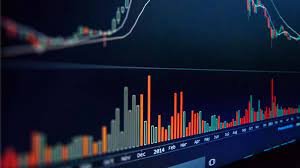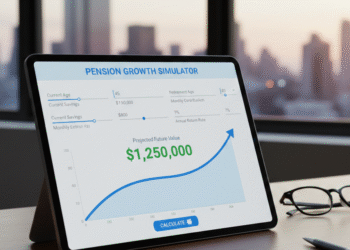It can sometimes be challenging to manage money and invest it in the best platform for steady growth. When there are several financial alternatives available, you are likely to get confused.
One of the most popular options for investors nowadays is trading. It is related to short-term purchases and sales of bonds, stocks, currencies, commodities, and other financial instruments. Trading gives you access to a larger range of possibilities and can enable you to profit from volatility.
Regardless of how long you have been trading stocks, it would be best to deal with F&O trading with a professional attitude. You should be focused on minimizing risks and maximizing gains, acquiring the necessary knowledge, and honing your abilities with a lot of self-control, perseverance, and faith.
Trading In Future and Options
There are two main techniques of trading futures and options (F&O). For starters, F and O stocks can be used as a substitute or a hedging strategy for cash market trading. The second method of trading involves using a margin.
The main benefit of F&O trading is that you may trade without actually purchasing the asset; you don’t have to purchase gold or any other commodity, like wheat, to gain from changes in the price of such commodities. You don’t necessarily need to invest in the asset per se when trading futures and options on the stock market. F&O trading also has the benefit of having quite low transaction costs.
Meaning Of Future and Options Trading
The two main categories of stock derivatives traded on an exchange are futures and options. These are agreements that occur for the future exchange of stock assets between two parties at a set price. These contracts attempt to mitigate the market risks associated with stock market trading by fixing the price in advance.
In the stock market, future and options are contracts whose prices are based on underlying assets, such as shares, commodities, stock market indexes, ETFs, and more. The fundamentals of futures and options allow investors to lower their future risk by using pre-determined pricing. However, the direction of price changes cannot be foreseen, so if a market prediction is off, it might result in significant gains or losses. People who are familiar with stock market operations tend to be the main participants in such deals.
Difference between Futures and Options
Trading in futures and options imposes distinct requirements on participants. An investor is under no obligation to follow through on a contract by a pre-determined due date with futures but is given the opportunity to do so with options contracts.
A futures contract to purchase or sell an underlying security must be followed up at the agreed-upon price on the scheduled date. On the other hand, an options contract allows a buyer to do the same if they benefit from a deal.
When you are dealing with F and O stocks, make sure to keep these three tips in mind:
- Losses Aren’t Limited to Margin Money
The risk in spot market trading is often constrained to the amount of money you invest. However, you pay margins that are much lower than the real amount you are risking when trading futures and options. This makes it easier for you to overlook the chances of your possible loss. You must ensure to keep this in mind before dealing with F&O trading.
- Trading Strategies Matter
F&O trading methods are crucial in the trading of derivatives. For various circumstances, there are different strategies. For instance, covered calls might be used if you’re concerned about the expense of holding. Instead, you may use the defensive puts to increase your gains on the downside. Additionally, you must remember that sophisticated and multi-layered techniques are usually more expensive.
- Trade with Stop Losses and Profit Targets
It’s important to bear in mind that you should not neglect capital protection when investing in futures and options. It is crucial to concentrate on this. This may occur if you monitor the profit and loss for each transaction. If you want trading in futures and options to perform really well in your favour, try to trade using stop losses and profit objectives at all times.
The tips stated above will undoubtedly be helpful to you as you start your trading career in futures and options. Once you begin F&O trading, you will undoubtedly understand why it is among the best and most often used trading choices available. You should conduct a thorough study before opening that trading account.
Gaining an understanding of the ideas and costs is quite beneficial. For traders interested in the short term and with high-risk tolerance, futures and options trading is appropriate. Additionally, many industry professionals advise that a novice trader should start with the stock cash segment for a period before switching to the futures and options market. Having said that, trading derivatives is not difficult if you use the right brokerage business and have access to information and guidance.













